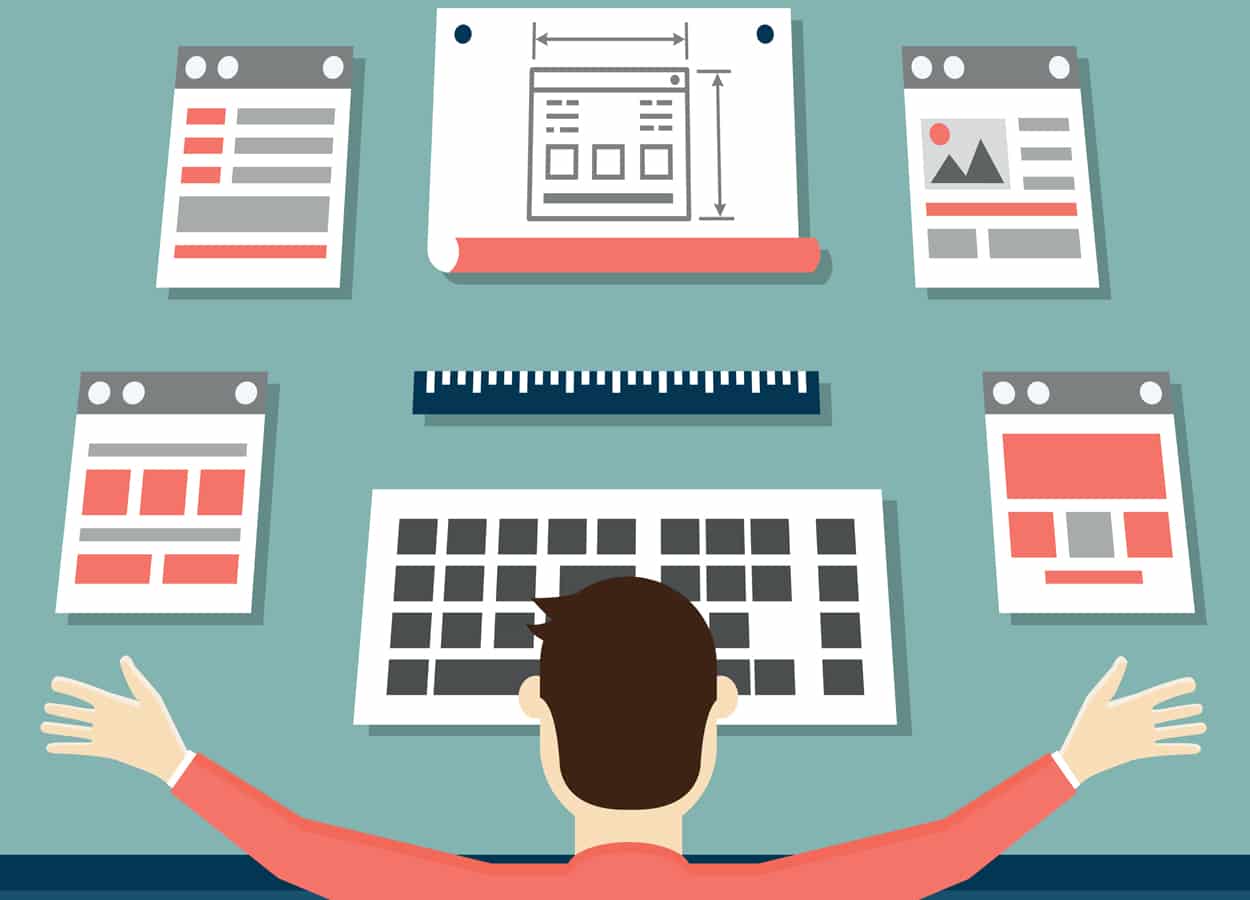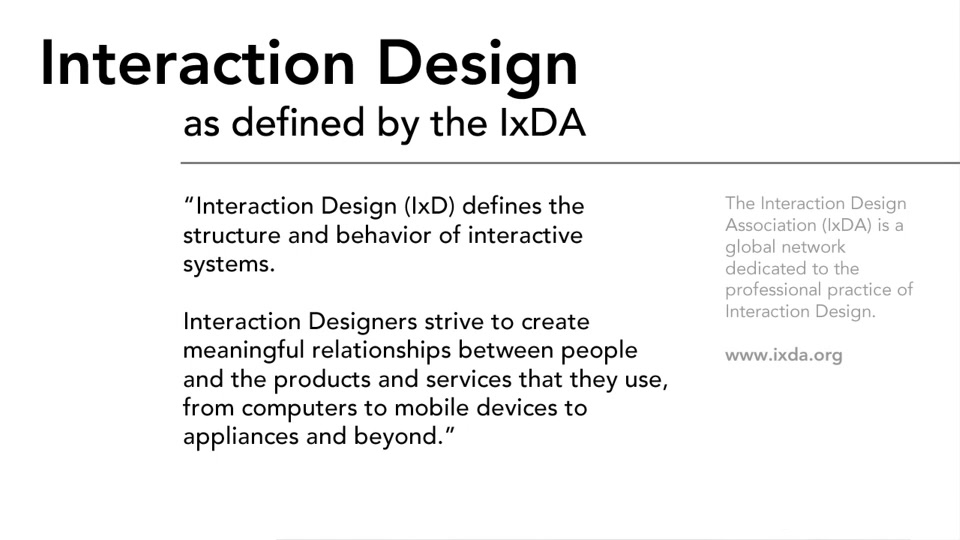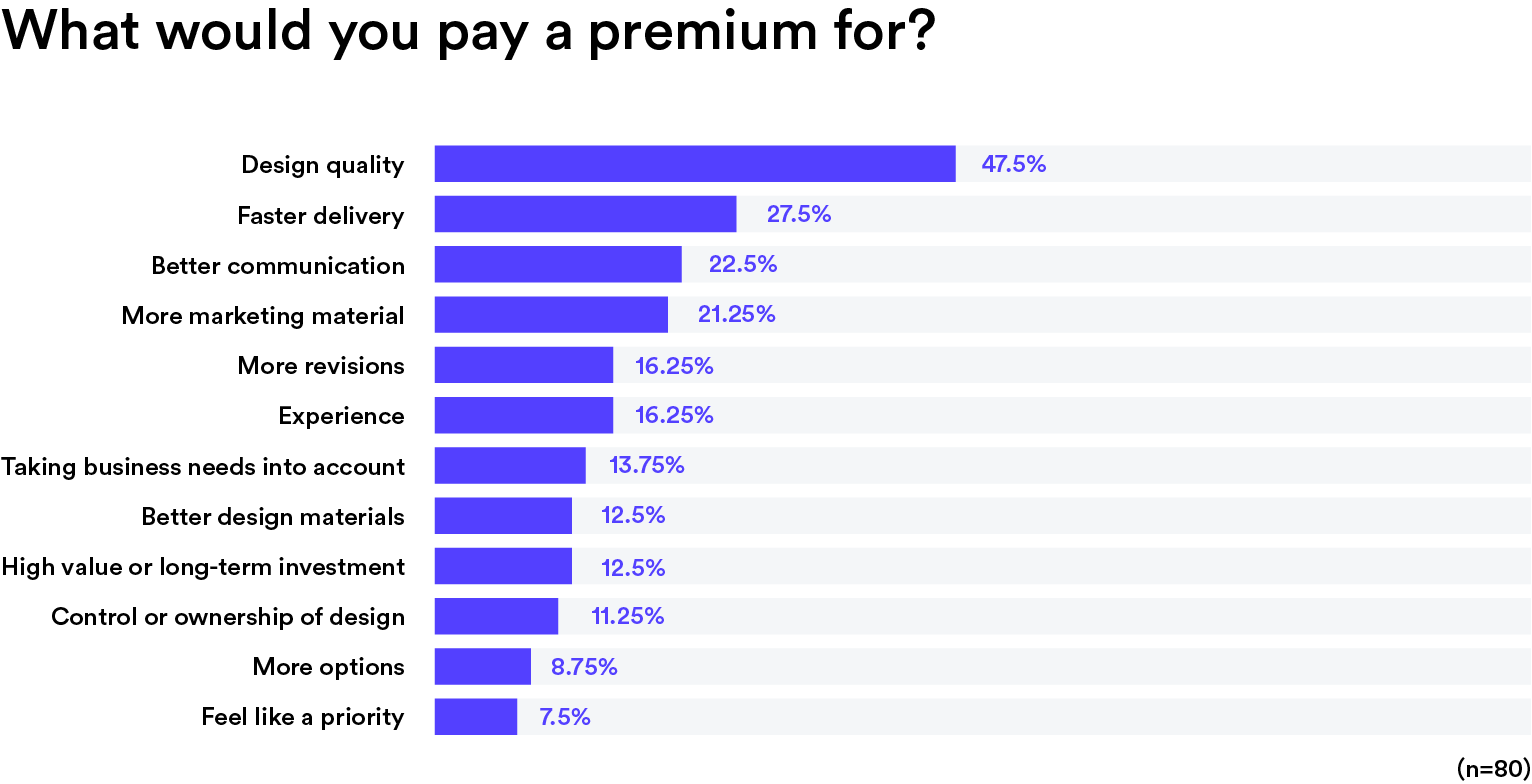Table Of Content
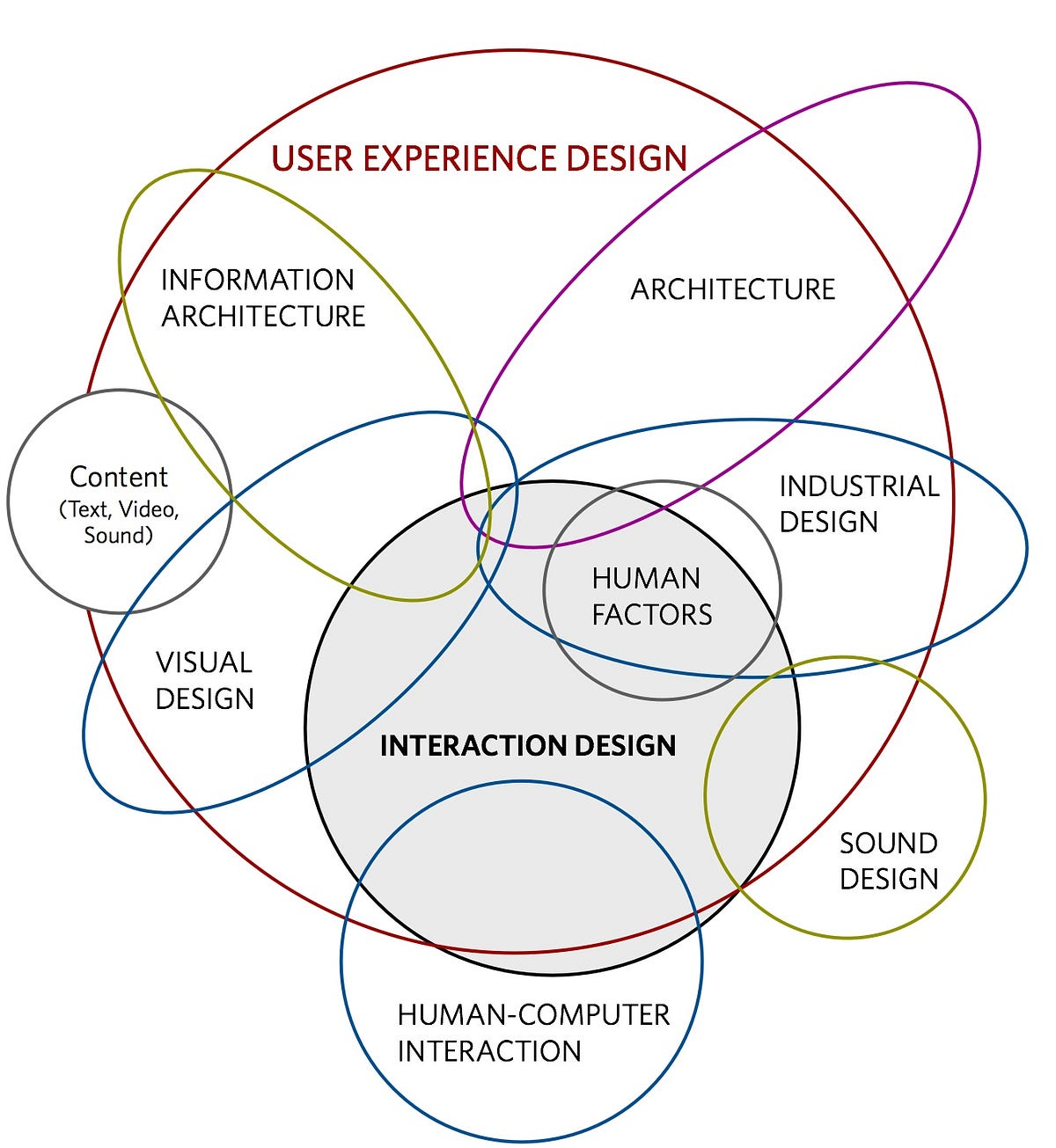
Designers should use a voice consistent with the brand identity and align with the user’s expectations. For example, a banking application might use a more formal tone of voice, while a gaming application may use a more casual and friendly tone of voice. Make several prototypes and keep coming back to the latest one, spotting mistakes or areas for improvement. Using some type of creative framework for your project might also help you in structuring your ideas, and keeping you focused on the things that matter at that moment. Another thing to consider in the aesthetics of your design is the degree of simplicity. In a fever that Apple helped spread across the globe, minimalism in UX design is all the hype — which is great.
The 5 dimensions of interaction design
Users recognize this as a cue to tap the text to navigate to another page or section. People often delete three out of ten apps within a month of downloading them— this trend stems from poor user experiences or interfaces that fail to engage. A mobile UI design that's not intuitive or appealing often leads to app abandonment. Thoughtful interaction design produced the user-friendly touch interfaces found on smartphones, such as pinch-to-zoom and swipe-to-dismiss.
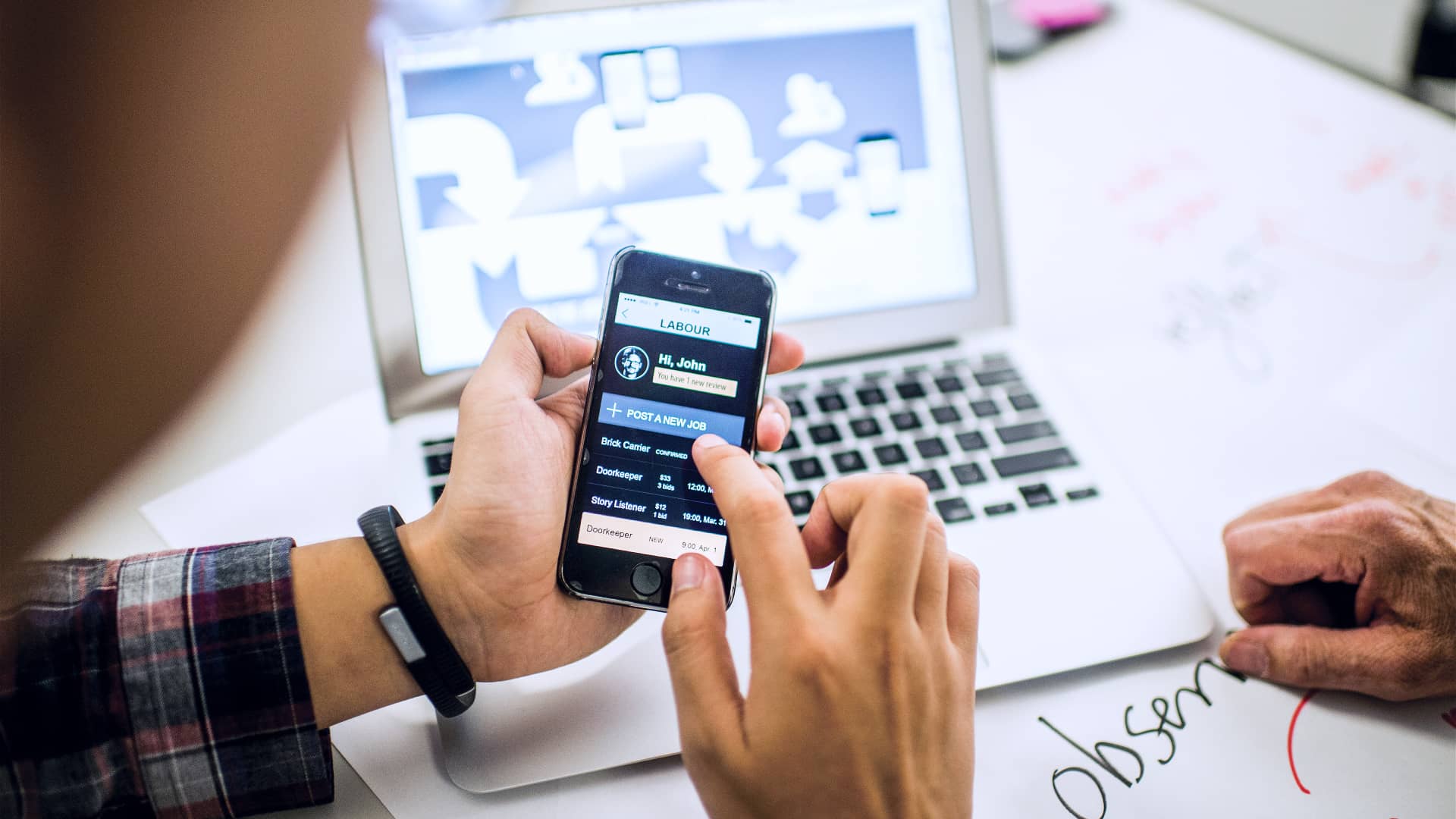
Research and Understanding
Fitts’ law can accurately predict the amount of time it takes to move to and select a target. A target can be a button, a dropdown, or some other interactive element on a screen. If it’s too far, too small, or if clickable elements are too close together, the efficiency and usability of the UI is greatly reduced. Truly great interaction design relies on a set of conventions, standards, best practices and rules-of-thumb. For instance, is the user standing in a crowded train while using the app on a smartphone, or sitting on a desk in the office surfing the website?
Designing for User Goals and Behaviors
You make interactive elements large enough and spaced well to avoid errors. The CTA button must stand out and be big enough for fingers to tap without hitting nearby options. For those in more generalized UX design, interaction is only one aspect of the entire end-to-end journey they design for users. UX designers are responsible for all the steps of the journey, whereas IxD is focused on the one area. The designer should simplify the product or services, so users can find what they need to take action. Interaction designers should consider all five dimensions to understand how users interact and create a holistic experience.
To that end, we’ll briefly cover the history, guiding principles, noteworthy contributors, and tools related to this fascinating discipline. The cognitive dimensions framework[15] provides a vocabulary to evaluate and modify design solutions. Cognitive dimensions offer a lightweight approach to analysis of a design quality, rather than an in-depth, detailed description. They provide a common vocabulary for discussing notation, user interface or programming language design. Jakob Nielsen describes usability as the quality attribute[11] that describes how usable the interface is.
Customers that are happy with a product are more likely to stick with it, refer it to others, and think favorably of the company. Here’s more on what you need to know about interaction design and how to pursue a career in this area. Consider the following examples to give you further insight into what interaction design looks like. This article will introduce you to the core concepts of interaction design, explaining how to use them to breathe life into your product. You can prove the effectiveness of interaction design by measuring impact and reiterating results through testing.
Interaction design (IxD): Definition, examples, and guide for stronger UX
Dr. Leah Zhang-Kennedy Stratford School of Interaction Design and Business - University of Waterloo
Dr. Leah Zhang-Kennedy Stratford School of Interaction Design and Business.
Posted: Wed, 16 Aug 2023 10:53:08 GMT [source]
The challenge – and opportunity – is to use technology not just to mechanize interactions, but to humanize them, making them more intuitive, engaging, and rewarding for the user. Broadly defined, interaction design is the discipline that defines the structure and behavior of interactive systems. It weaves the complex tapestry of user interaction with the digital platform, ensuring seamless, intuitive, and responsive experiences. IxD experts utilize a suite of sophisticated software tools to breathe life into user interface concepts, crafting detailed prototypes that map out the intended user journey. Emphasizing the Principle of Visibility, interaction designers make essential elements readily discoverable, enhancing the user’s ability to accomplish tasks.
Testing and Quality Assurance
10 Best Programs to Get Your UX Design Certification in 2024 - Analytics Insight
10 Best Programs to Get Your UX Design Certification in 2024.
Posted: Thu, 02 Nov 2023 07:00:00 GMT [source]
The goal of interaction design is to make it easy and enjoyable for people to interact with technology. It’s about providing the end user with all the visual and functional elements they need to understand and navigate a product interface and complete specific tasks. With interaction design, you can understand what part of the app is causing users to drop off.
What are the Key Stages of the Interaction Design Process
Interaction design is one area of user experience where you can make a big impact, and having the right training and skills will set you on a path to success. This model (found on Uxbooth) helps interaction designers to create a user interaction strategy and model that empowers customers to do what they need to do with a product or service. Interaction design is a process of making human-to-computer interfaces (HCI) feel human-like. Interactive digital products create this “human” connection by giving feedback to the end-users. The feedback can be through a scroll-provoked animation, clicked state of a button or transition to another page. Beyond the different stages, it is also worth acknowledging the methods employed in interaction design.
This makes it easier for users to understand what the element does and how they should interact with it. For example, you can convey that a button is clickable by making it change colour when the user hovers over it. While they are technically two distinct disciplines with unique areas of focus, many designers specialise in both under the all-encompassing job title of UX/UI designer. We have mostly looked at public libraries as a third place so far, but academic institutions can also make changes to library design in order to better serve their neurodiverse users. Offer a variety of programs and hands-on activities that appeal to different interests and demographics.
Tech-savviness, creativity, problem-solving, and communication skills are all part of their arsenal. Proficiency in design software like Adobe XD, Sketch, or Figma is a given, as is a solid understanding of design principles and user psychology. The five types of interaction—commands, conversations, manipulation, exploration, and collaboration—emphasize the breadth of user interactions that design must address. IxD stands as a key driver of user actions on digital platforms by shaping the user’s journey and simplifying decision-making processes. Interface designers can achieve this by avoiding jargon and technical terms and providing contextual information where necessary. In addition, the tone of voice in the interface can affect the user’s perception of the product or service.
The UI designer’s work often spans interaction design, too, considering the overall behaviour of the system and all the different actions the user can take. If you’re looking to break into the field of interaction design, you’ll need to have the right skills. Plus, experience with UX design will be key.Employers will often look for potential hires to share a portfolio, so if you don’t have one, now’s the time to start working on it.
This beginner’s guide has introduced you to the essential concepts, processes, and principles of interaction design. These interaction design principles provide designers with a roadmap for creating easy-to-use, efficient, and effective digital products. By incorporating these principles into their design process, designers can create interfaces that meet the needs and preferences of their target audience and provide a great user experience. The term “interaction design” is sometimes used interchangeably with “user experience design”. That’s understandable, considering interaction design is an essential part of UX design. Indeed, UX design entails shaping the experience of using a product, and a big part of that experience involves the needed interaction between the user and the product.
A deep understanding of human psychology is crucial for designers when creating a user-centered product that provides a high level of user experience. It stands out from traditional design disciplines by focusing on user interaction and overall product experience beyond just visual aesthetics. To explore interaction design’s intricate principles, models, and critical role in developing user-centric designs, watch our detailed video and read this comprehensive book chapter. An interaction designer can help businesses design interactions within products and services to create user-focused experiences. Where UX looks at the entire user experience and how everything ties together, interaction designers focus on user interactions and motion. This comprehensive guide provides an in-depth exploration into the intricacies of interaction design – a key aspect of modern website and application design that positively impacts user experience.
Users should be able to understand what actions are possible based on the visual cues provided. Interaction designers work closely with developers to ensure that the envisioned interactions are implemented as intended. Collaboration and communication with the development team are essential during this phase. Once you have a clear understanding of the users and their needs, it’s time to brainstorm and sketch out potential interaction ideas. While psychology is an immensely broad field, there are a few key elements of cognitive psychology that are particularly valued, and in fact may have helped form the field of interaction design.
